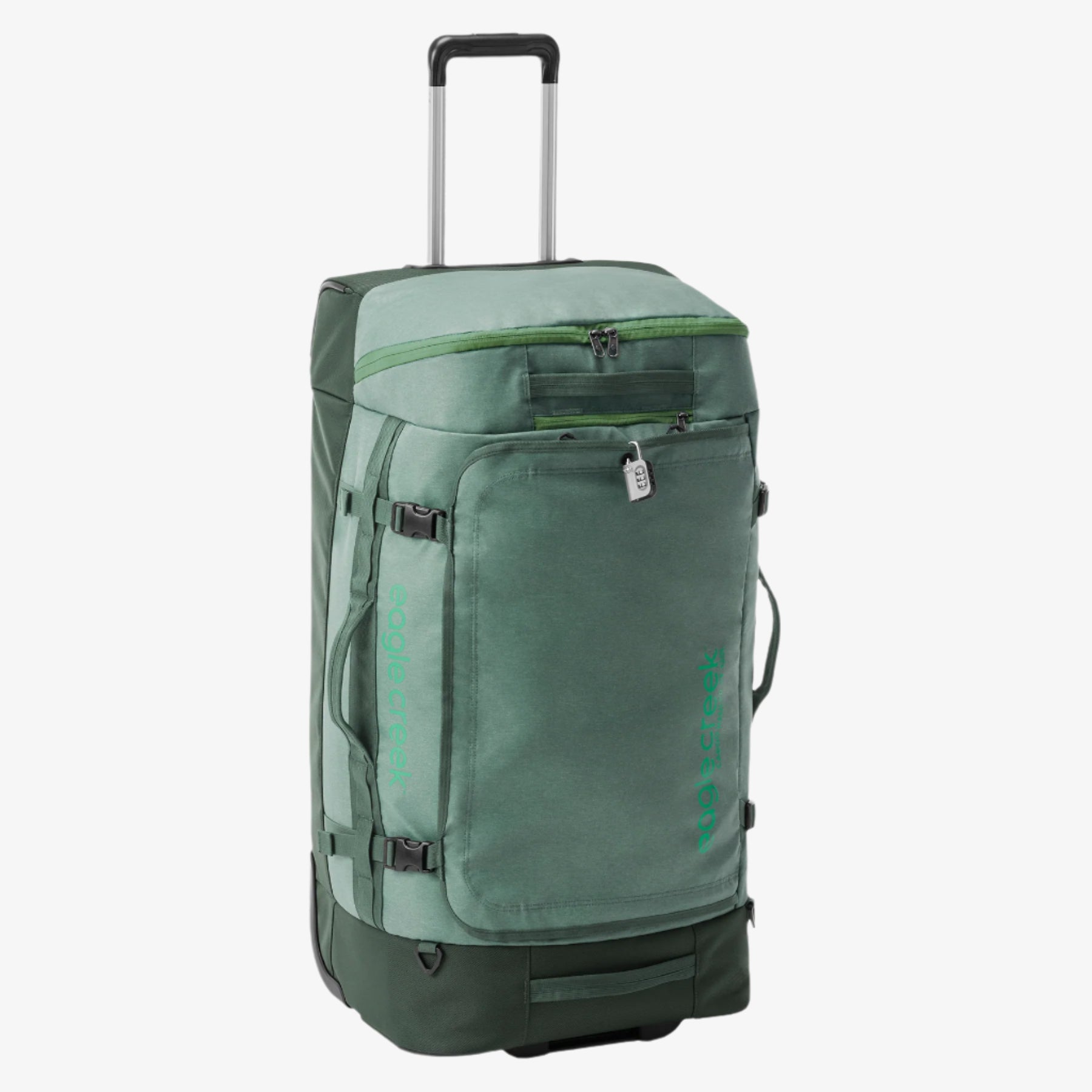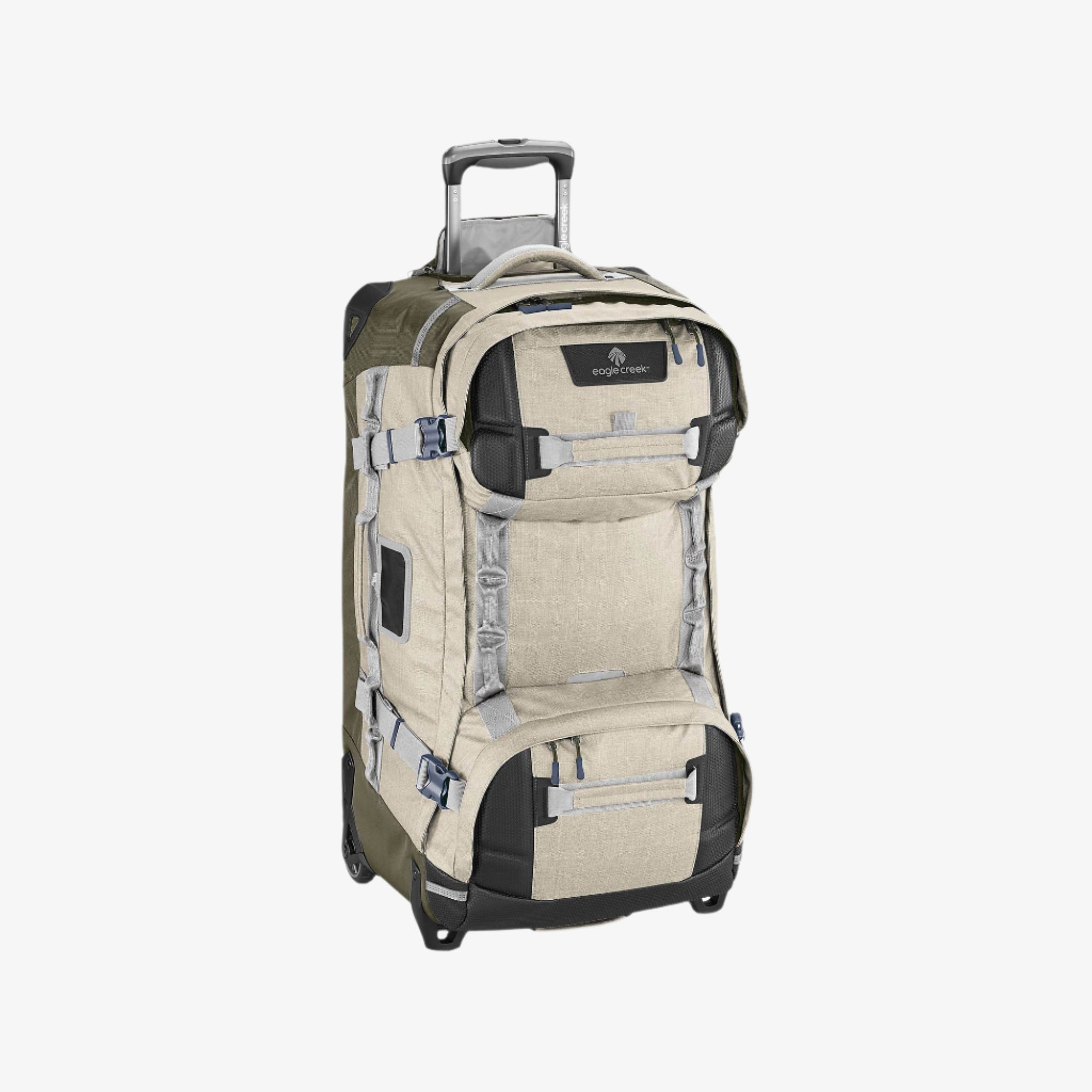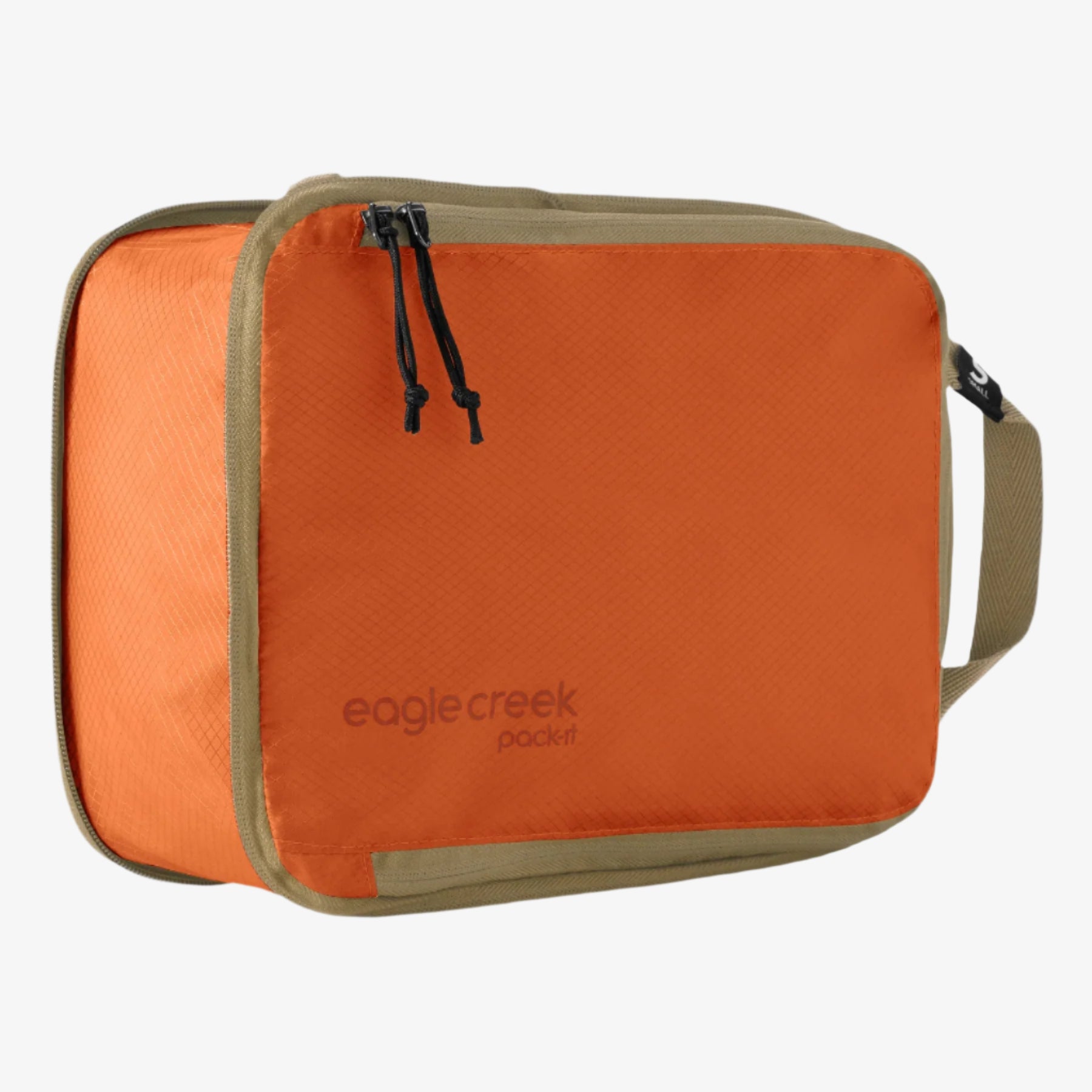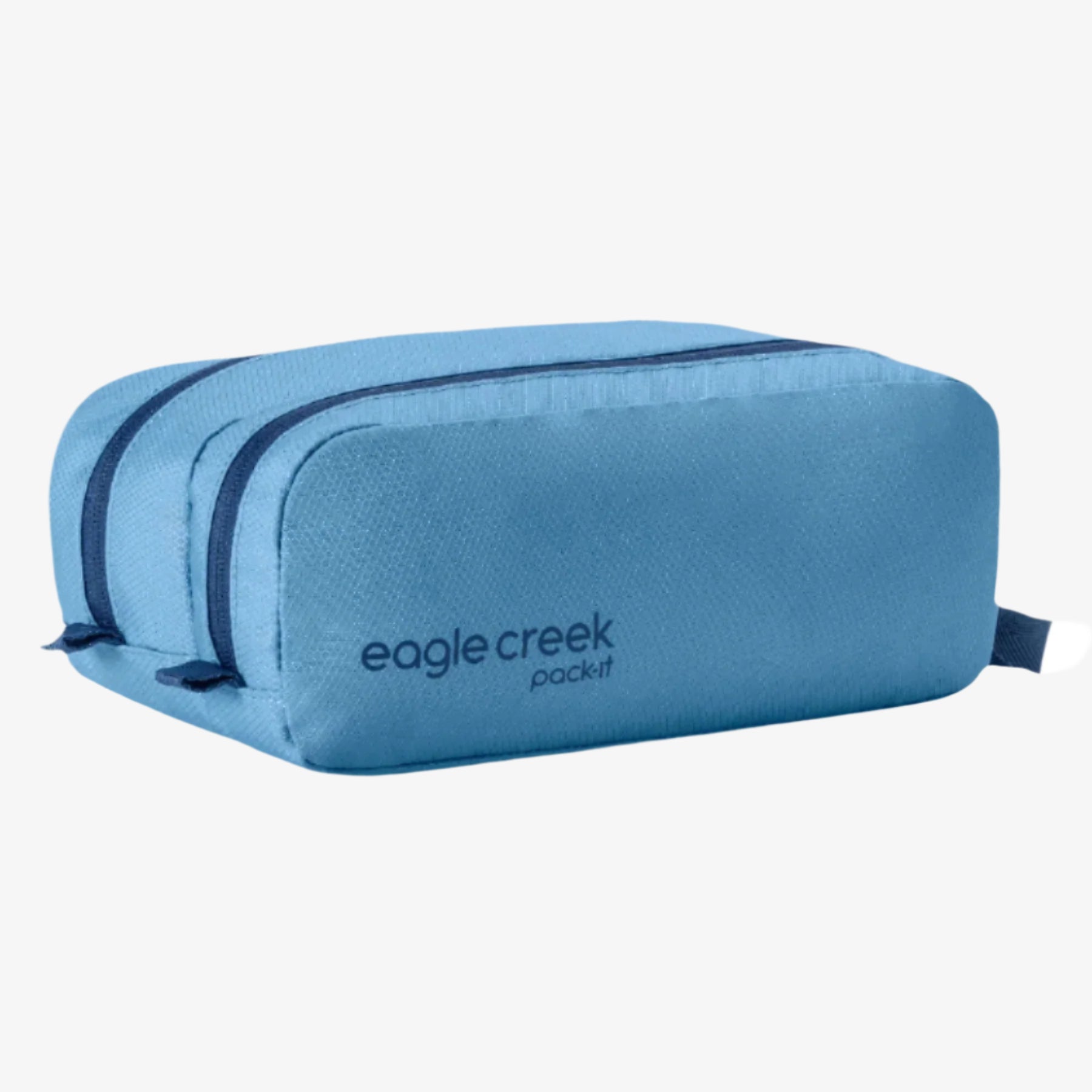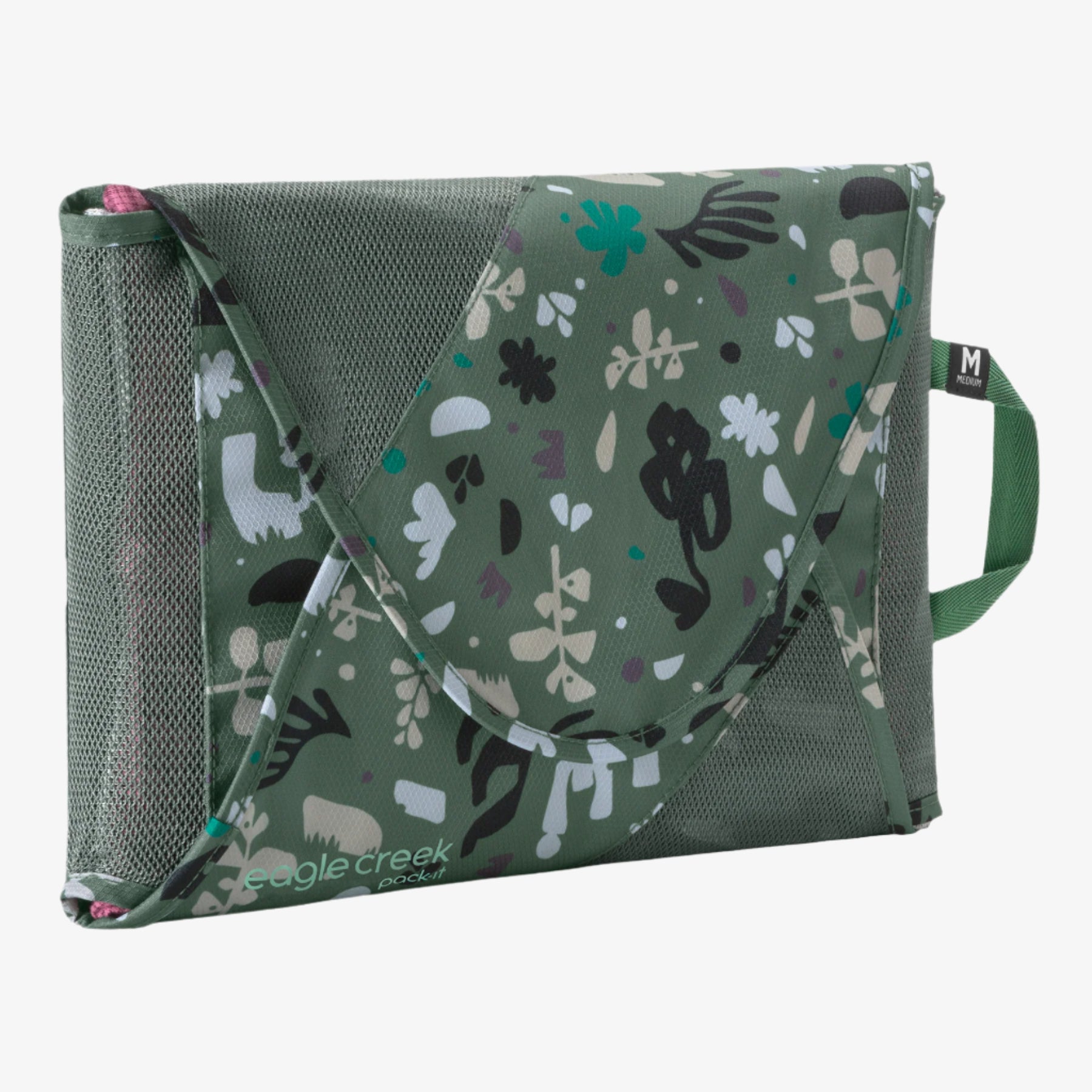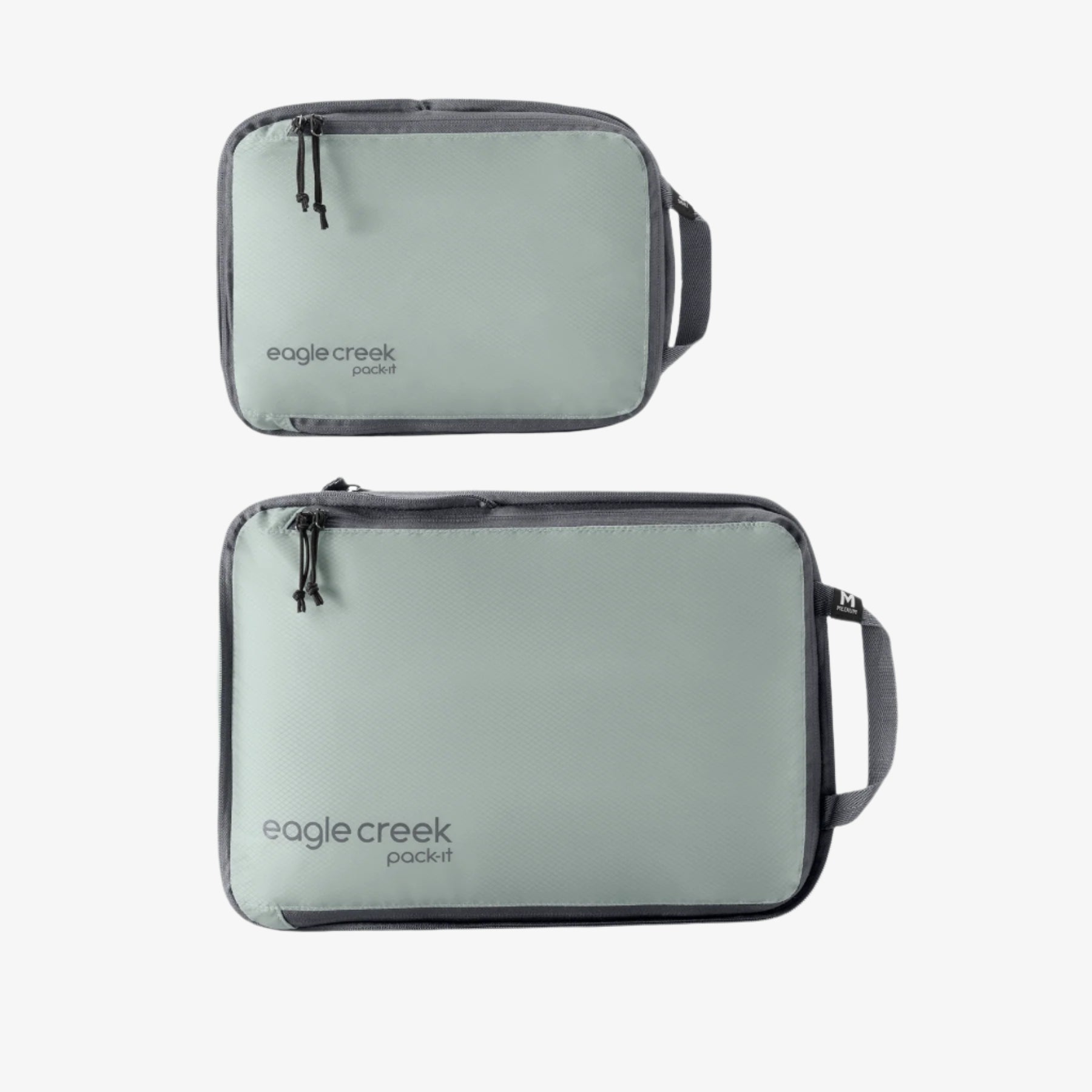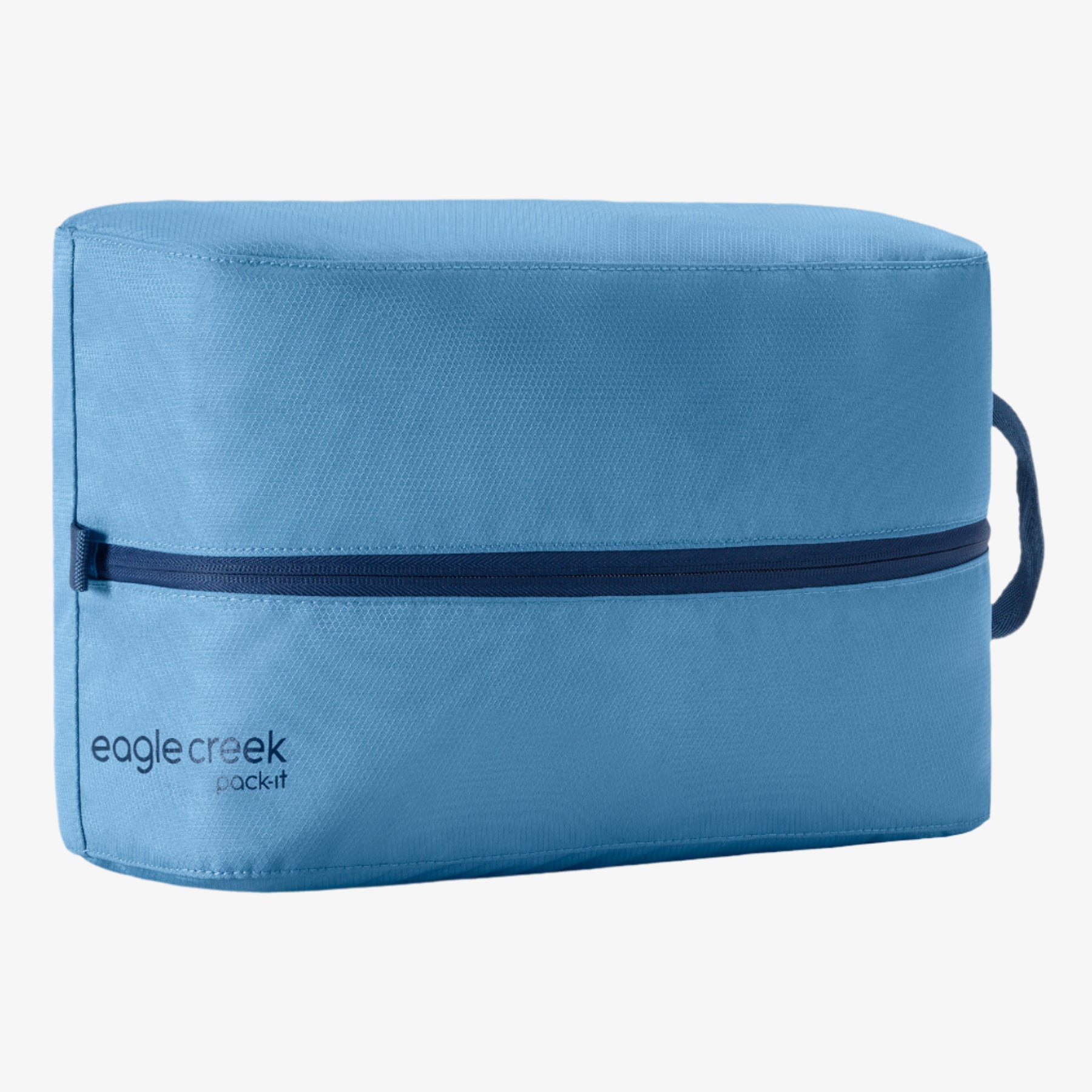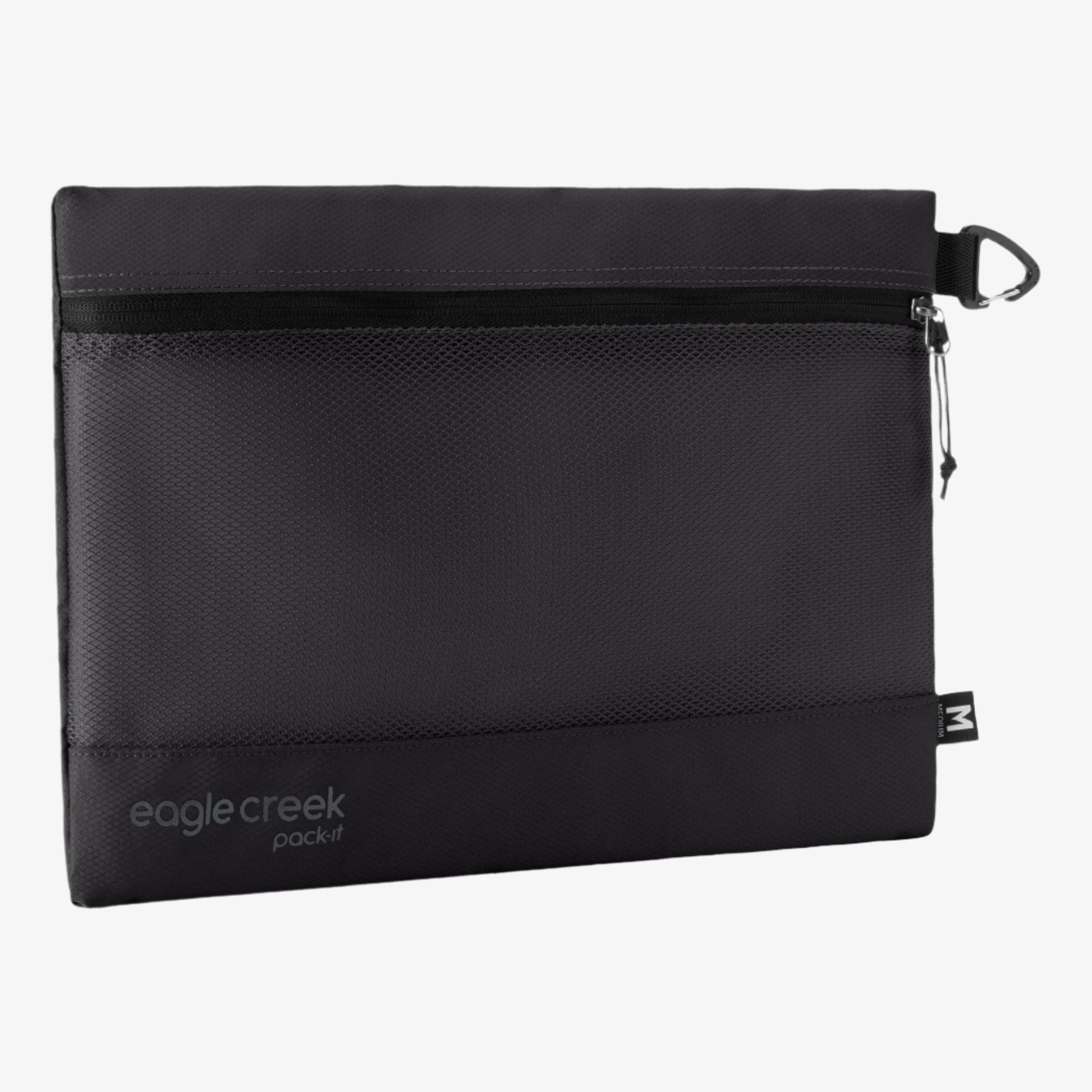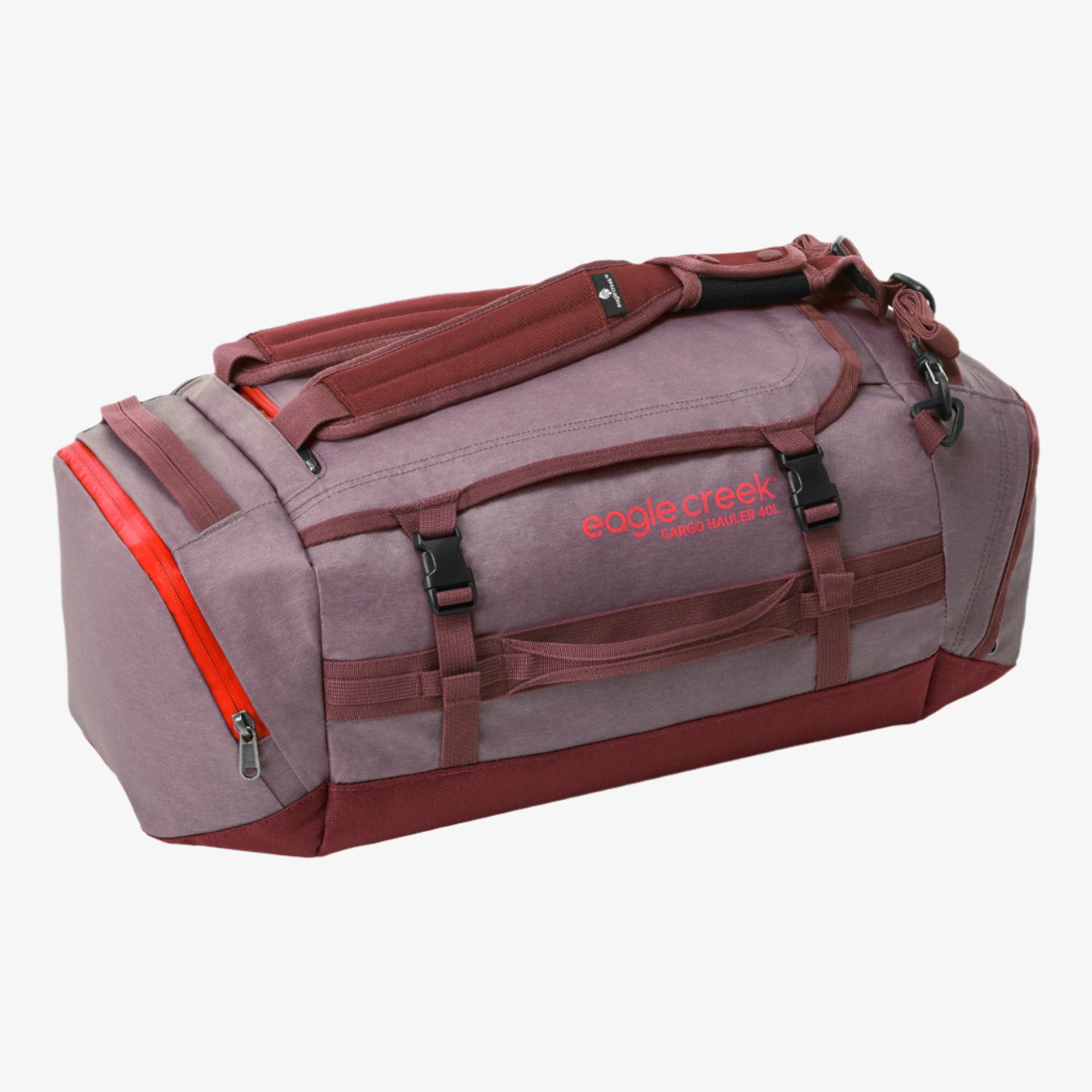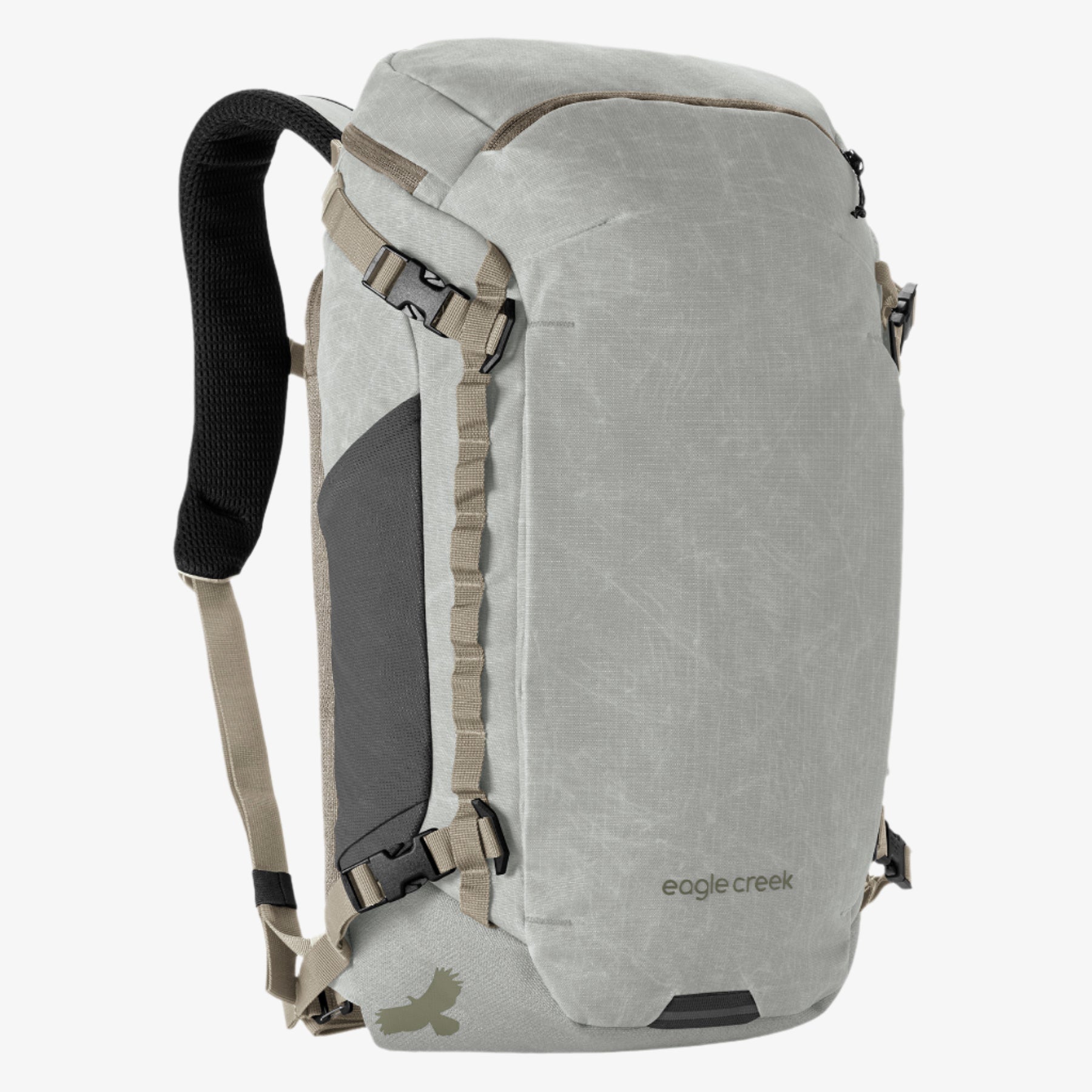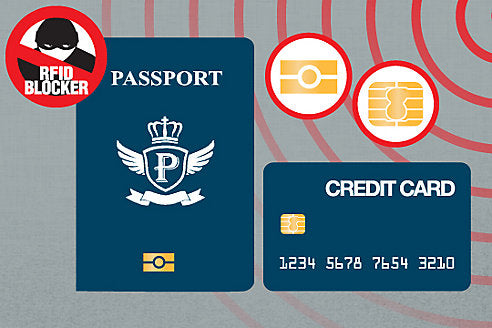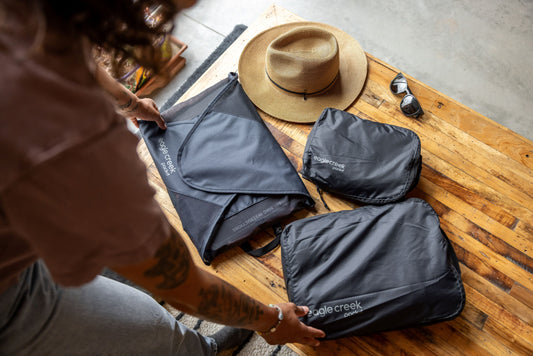RFID Safety: Protect Your Credit Cards and Passport

DON’T GET HACKED! HERE’S HOW TO KEEP YOUR PERSONAL AND FINANCIAL DATA SAFE FROM SCAMMERS—AND PREVENT DATA THEFT—WHEN YOU’RE ON THE GO.
RFID stands for Radio Frequency Identification, and you may already own something that contains an RFID chip in your wallet. These tiny chips, which transmit data, are often embedded in ID cards, passports, credit cards, and other items. While they might sound like props in a futuristic movie, they make transactions more efficient. For example, paying at a register can be as simple as tapping your credit card against a reader. The issue is, these chips contain personal and financial data that can be hacked by crooks while the cards are in your wallet or bag. To collect this info, a scammer can buy an RFID reader and, say, place it near a subway turnstile (so it’s close to people) or put it in a briefcase, walk alongside somebody, and position the briefcase near the person’s wallet or bag. Manufacturers of RFID technology are working overtime to prevent data theft, but in the meantime, there are basic steps that travelers like you can take to protect personal and financial information when you’re on the go.
1. Inspect Your Cards
Find out which of your credit cards have RFID chips by calling your credit card company. (Quick tip: If the card says “PayPass” on it, it definitely contains an RFID chip.) Since August of 2007, all U.S. passports issued contain RFID Chips.
2. Use RFID Blocking Technology
To block the RFID chips from being read, you could wrap your credit cards or your passport in aluminum foil. But having to unwrap and rewrap your credit cards and passport every time you want to use them is a hassle. Instead, invest in RFID Blocking Technology in the form of a pocket, money belt, or neck wallet. They’re made with technologically advanced fabrics that contain thin metal fibers to block frequency.
3. Keep Your RFID Cards Together
Stack RFID credit cards in your wallet, which will make them harder for a scanner to read any one particular chip.
4. Check Your Financial Statements
Do this regularly (such as daily, weekly, or monthly) to make sure there aren’t any suspicious charges. Don’t wait until your information has been compromised to start thinking about RFID safety. Take these first steps to protect yourself, and always check your banks statements to ensure that you’re the only person who’s been accessing your personal accounts.
Featured Products
